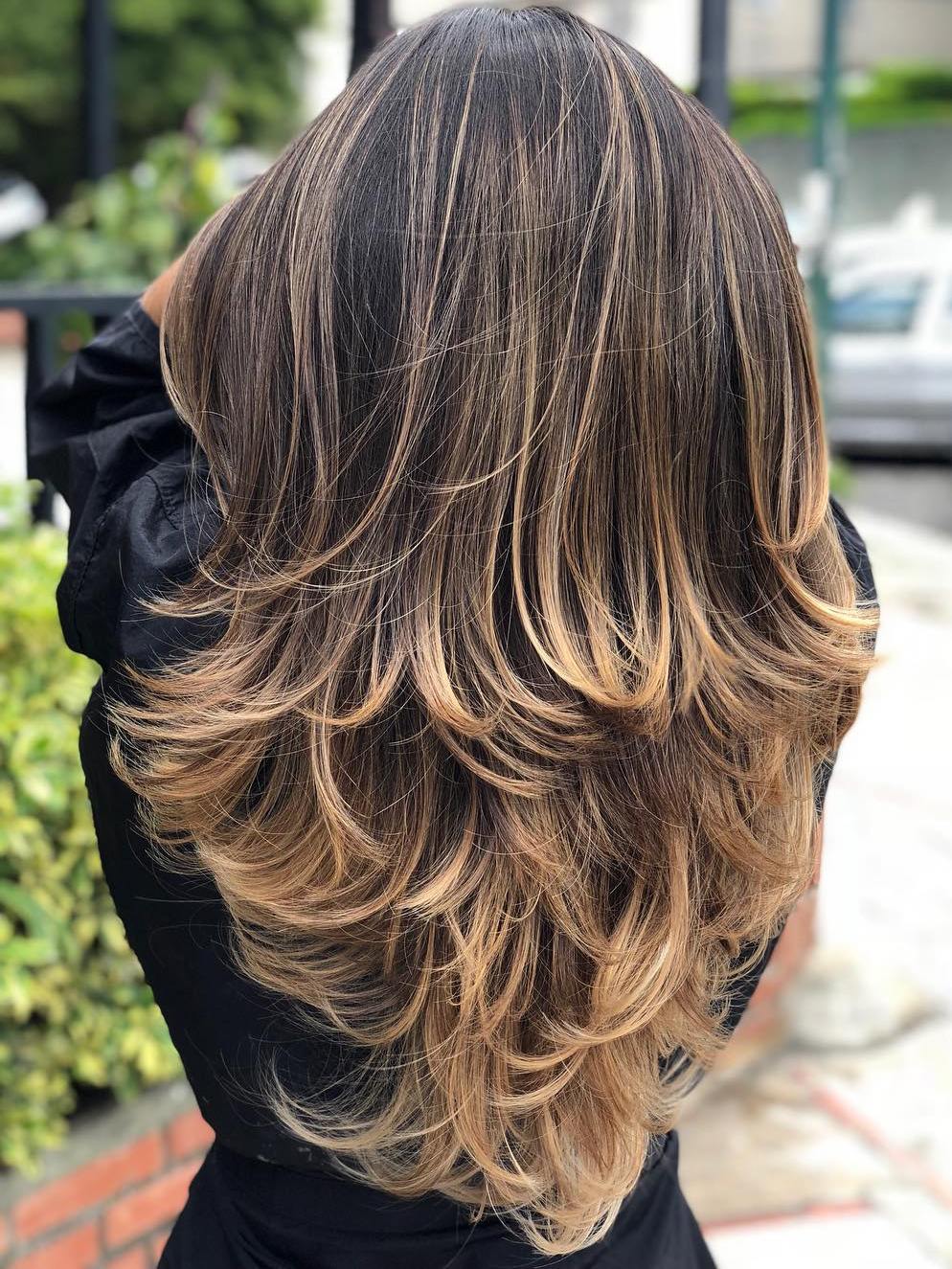
Butterflies are not only known for their vibrant colors and delicate wings, but also for the mesmerizing layers that make up their wings. These layers, composed of thin, translucent scales, are responsible for the stunning patterns and hues that adorn the wings of these graceful insects. In this article, we will explore the fascinating world of butterfly layers and delve into the science behind their formation.
The Anatomy of Butterfly Wings

Before we dive into the intricacies of butterfly layers, let's first understand the basic anatomy of their wings. A butterfly wing is composed of two layers, the upper and lower epidermis. These layers serve as a protective barrier for the delicate structures within.
However, it is the scales, located on the upper epidermis, that give butterflies their distinctive appearance. These scales are incredibly tiny and overlap each other like shingles on a roof. It is this arrangement that creates the captivating patterns and colors we associate with butterflies.
The Formation of Butterfly Scales

The development of butterfly scales begins during the pupal stage when the wings start to form. As the wings grow, specialized cells known as scale cells differentiate and migrate to the wing surface. These scale cells then undergo a complex process of scale formation.
Within each scale cell, tiny granules called lamellae align themselves in a parallel arrangement. These lamellae are responsible for the reflective properties of the scales, resulting in the vibrant colors we observe. Additionally, pigments within the scales contribute to the overall coloration of the wings.
The Role of Pigments in Wing Coloration

While the arrangement of scales plays a crucial role in creating the patterns on butterfly wings, pigments also contribute significantly to their coloration. Pigment cells, known as chromatophores, produce various pigments such as melanins, carotenoids, and flavonoids.
Melanin pigments, responsible for brown and black colors, are produced by specialized cells called melanocytes. Carotenoids, on the other hand, produce vibrant yellow, orange, and red hues. Flavonoids, found in some butterfly species, contribute to blue and green colors.
The Formation of Wing Patterns

Butterfly wing patterns are intricate and diverse, varying between species and individuals. The formation of these patterns is a result of both scale arrangement and pigmentation. The specific genes and signaling pathways involved in pattern formation are still being studied, but scientists have made significant progress in unraveling this complex process.
One theory suggests that the variation in scale cell sizes and shapes, as well as the distribution of pigments, contribute to the diverse patterns. Additionally, the interactions between different signaling molecules during wing development play a crucial role in pattern formation.
The Function of Butterfly Layers

While butterfly layers primarily serve an aesthetic purpose, they also play a vital role in the survival of these insects. The scales on butterfly wings not only provide insulation but also protect the wings from damage, such as tears or abrasions.
Furthermore, the intricate patterns and vibrant colors of butterfly wings serve as a form of communication. These visual displays play a crucial role in attracting mates, identifying species, and warning predators about their toxicity.
Appreciating the Beauty of Butterfly Layers

The intricate layers and mesmerizing patterns of butterfly wings are a testament to the beauty and complexity of nature. These delicate structures not only captivate the human eye but also provide valuable insights into the mechanisms of coloration and pattern formation.
By understanding the science behind butterfly layers, we can develop a deeper appreciation for these enchanting creatures and work towards their conservation. Preserving their habitats and ensuring their survival is crucial for maintaining the awe-inspiring beauty that butterfly layers bring to our natural world.